Full Stack Development involves working on both the front-end and back-end parts of a web application. As a Full Stack Developer at Cognizant, you need to have a good grasp of various technologies and practices. Below are the top 20 Full Stack Developer interview questions to help you prepare.
1. What is Full Stack Development?
Full Stack Development refers to the process of developing both the front-end (client-side) and back-end (server-side) components of a web application. It requires knowledge of various technologies, frameworks, and databases.
2. What are the key responsibilities of a Full Stack Developer?
The key responsibilities of a Full Stack Developer include:
- Designing and implementing user interfaces.
- Developing server-side logic and APIs.
- Managing databases and data storage solutions.
- Collaborating with designers and other developers.
- Ensuring the application is responsive and performant.
- Testing and debugging applications.
3. What is the difference between front-end and back-end development?
- Front-end Development: Focuses on the visual aspects of a web application that users interact with directly. It involves technologies like HTML, CSS, and JavaScript.
- Back-end Development: Deals with the server-side of an application, managing data, business logic, and server configurations. It typically involves languages and frameworks like Node.js, Python, Ruby, or Java.
4. What is RESTful API, and why is it important?
A RESTful API is an application programming interface that adheres to the principles of Representational State Transfer (REST). It is important because it enables communication between client-side and server-side applications, allowing them to exchange data seamlessly. RESTful APIs are stateless, use standard HTTP methods, and support multiple data formats.
5. Explain the MVC architecture.
MVC (Model-View-Controller) is a software architectural pattern that separates an application into three main components:
- Model: Represents the data and business logic.
- View: Handles the presentation layer and user interface.
- Controller: Manages user input, interacts with the model, and updates the view accordingly.
6. What are some popular front-end frameworks?
Some popular front-end frameworks include:
- React.js: A JavaScript library for building user interfaces.
- Angular: A TypeScript-based framework for building web applications.
- Vue.js: A progressive JavaScript framework for building UIs.
7. What is a database, and what are the differences between SQL and NoSQL databases?
A database is an organized collection of data that can be easily accessed, managed, and updated. The differences between SQL and NoSQL databases are:
- SQL Databases: Relational databases that use structured query language (SQL) for defining and manipulating data. Examples include MySQL, PostgreSQL, and Oracle.
- NoSQL Databases: Non-relational databases that allow for flexible data models and scalability. Examples include MongoDB, Cassandra, and Redis.
8. What is version control, and why is it important?
Version control is a system that records changes to files over time, allowing multiple people to collaborate on a project without conflicts. It is important because it helps track changes, enables collaboration, allows reverting to previous versions, and maintains a history of project modifications.
9. What are some common authentication methods used in web applications?
Common authentication methods include:
- Basic Authentication: Uses a username and password for access.
- Token-based Authentication: Involves generating a token (e.g., JWT) after successful login, which is sent with each request.
- OAuth: A standard for access delegation, allowing third-party services to access user data without sharing credentials.
10. How do you handle errors in a web application?
Errors can be handled through:
- Try-Catch Blocks: Wrapping code in try-catch statements to catch and manage exceptions.
- Logging: Recording errors in log files for further analysis.
- User Feedback: Providing user-friendly error messages that guide users on how to proceed.
11. Explain the concept of middleware in web development.
Middleware refers to software that acts as an intermediary between different applications or services. In web development, middleware functions are executed during the request-response cycle, allowing developers to perform operations like authentication, logging, error handling, and request parsing.
12. What is responsive web design, and why is it important?
Responsive web design is an approach that ensures web applications function well on a variety of devices and screen sizes. It is important because it enhances user experience by providing consistent and optimized layouts across different platforms, leading to better engagement and retention.
13. How do you optimize the performance of a web application?
Performance optimization techniques include:
- Minimizing HTTP Requests: Reducing the number of requests made by the application.
- Image Optimization: Compressing images and using appropriate formats.
- Code Splitting: Loading only the necessary code for a page.
- Caching: Storing frequently accessed data to reduce load times.
14. What are cookies and sessions?
- Cookies: Small pieces of data stored on the client side by the web browser. They are used to remember user preferences and track user behavior.
- Sessions: Server-side storage that allows the server to maintain state between requests. Sessions store user data for the duration of their visit.
15. What is CORS, and why is it important?
CORS (Cross-Origin Resource Sharing) is a security feature implemented by browsers that allows or restricts web applications from making requests to domains other than their own. It is important for maintaining security by preventing unauthorized access to resources and ensuring that only trusted domains can interact with the web application.
16. Describe the importance of unit testing in software development.
Unit testing involves testing individual components or functions of a software application to ensure they perform as expected. Its importance lies in:
- Identifying bugs early in the development process.
- Improving code quality and maintainability.
- Facilitating refactoring and enabling confidence in the codebase.
17. What is the purpose of a package manager?
A package manager is a tool that automates the process of installing, updating, and managing software packages and dependencies. In web development, popular package managers include npm for JavaScript and pip for Python. They help streamline the installation of libraries and frameworks, ensuring that projects have the required dependencies.
18. Explain the concept of a web application firewall (WAF).
A Web Application Firewall (WAF) is a security device that monitors and filters incoming HTTP traffic to a web application. It helps protect applications from attacks such as SQL injection, cross-site scripting (XSS), and other web vulnerabilities by applying predefined security rules.
19. How do you deploy a web application?
Deployment of a web application typically involves the following steps:
- Prepare the environment: Set up servers and databases.
- Build the application: Compile the code and package it for deployment.
- Transfer files: Upload the application files to the server.
- Configure the server: Set up necessary configurations, such as domain names and security settings.
- Test the deployment: Ensure everything works correctly in the production environment.
- Monitor: Continuously monitor the application for performance and security.
20. What is Continuous Integration/Continuous Deployment (CI/CD)?
CI/CD is a software development practice that emphasizes frequent integration of code changes into a shared repository, followed by automated testing and deployment. CI focuses on automating the integration process, while CD automates the deployment process, ensuring that applications are reliably delivered to production with minimal manual intervention.
Conclusion
These top 20 Full Stack Developer interview questions and answers will help you prepare for your Cognizant Full Stack Developer interview. Focus on mastering both front-end and back-end technologies, along with best practices, to excel in the interview process.
Good Luck!

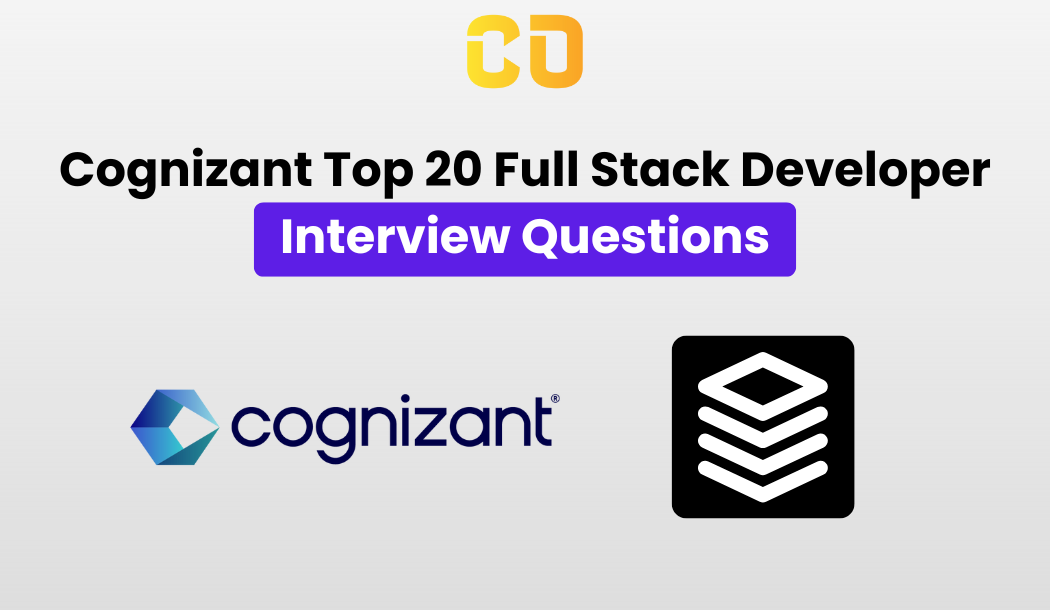

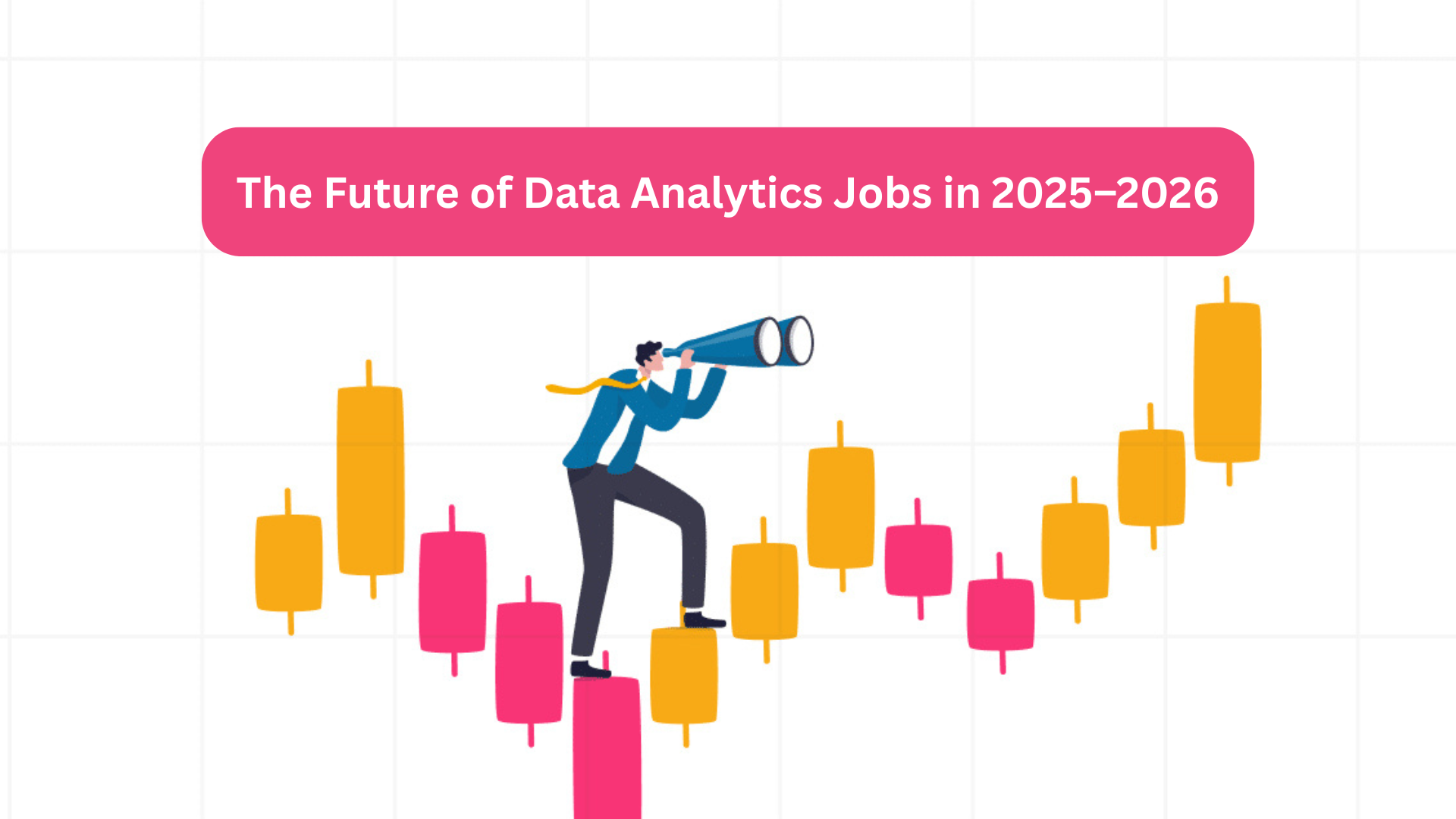
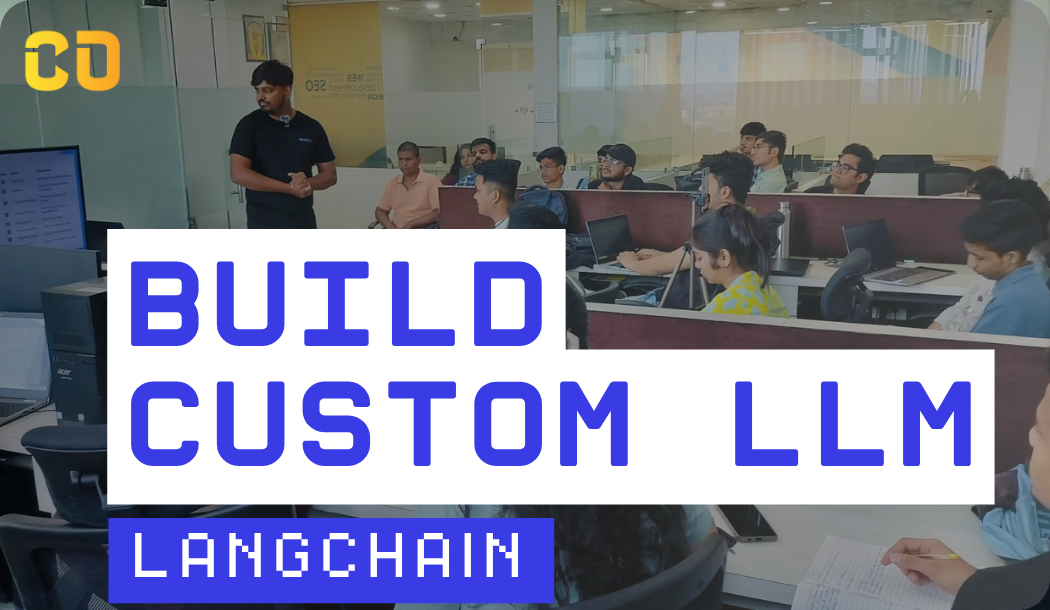
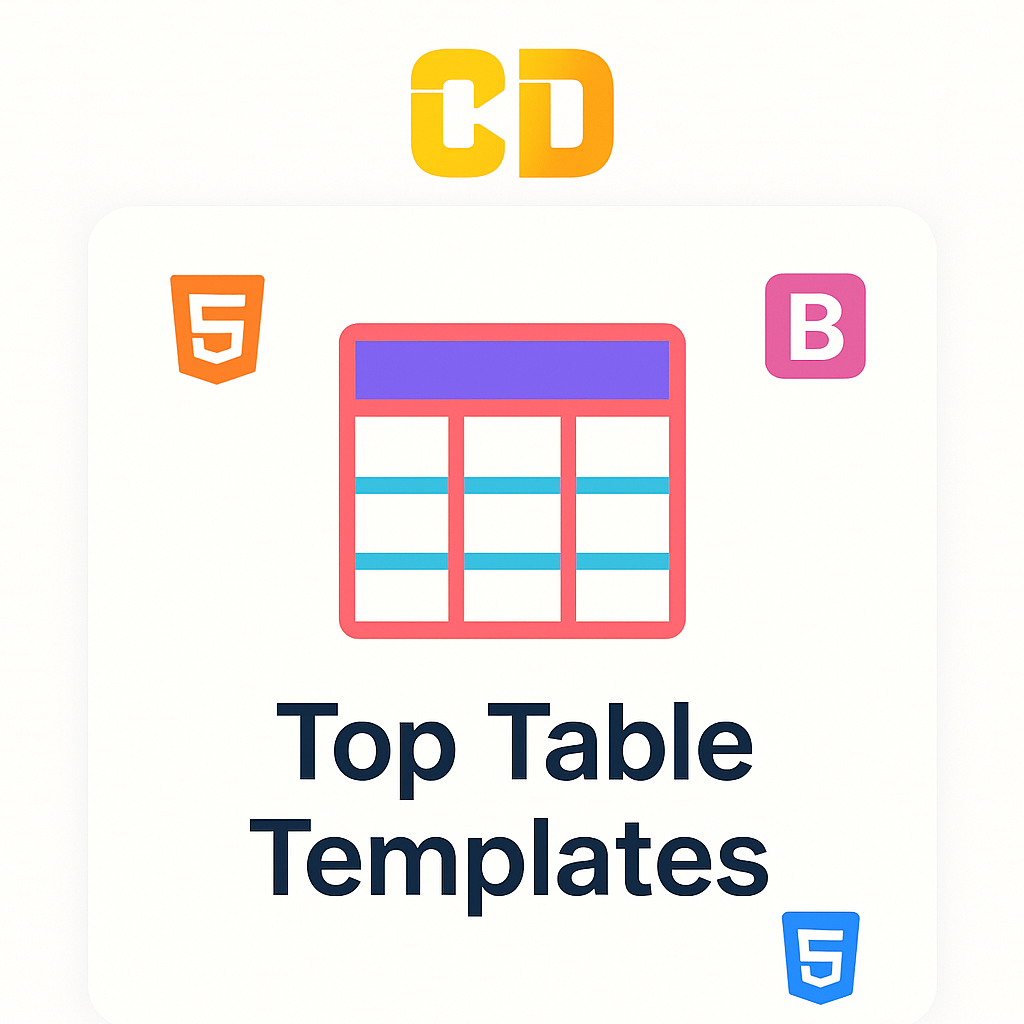

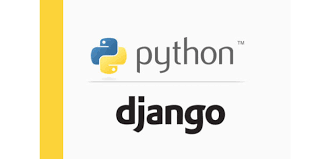
Add a comment: